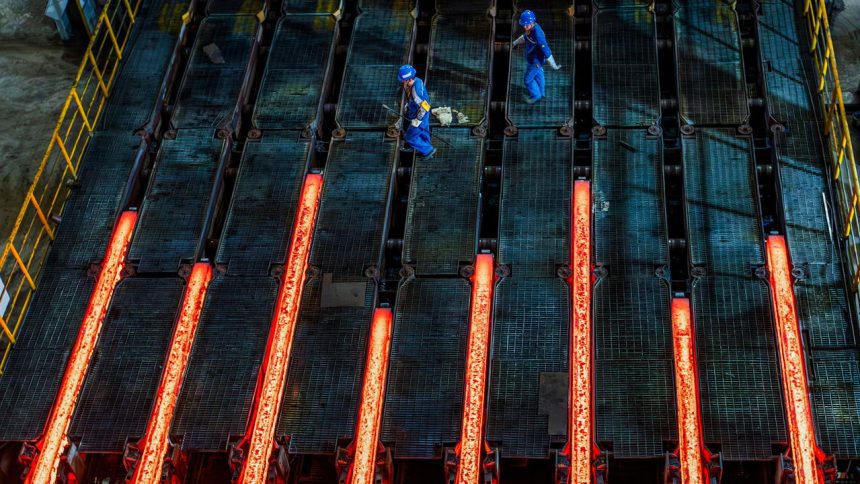Addressing the Challenge in the Global Steel Market
The global steel industry is currently facing a formidable challenge, primarily driven by an oversupply of steel, particularly from China. This situation has led to significant pressure on prices and profitability for steel manufacturers worldwide.
The Impact of Chinese Overcapacity
China’s monumental production capabilities have resulted in an excess of steel that is adversely affecting international markets. As reported recently, China’s output surpasses not only domestic demands but also global consumption rates. Consequently, countries that rely heavily on their own steel production now find themselves at a competitive disadvantage due to lower prices set by Chinese exports.
Decreased Profit Margins and Increased Competition
The influx of cheap Chinese steel is forcing other nations into a corner. Producers in regions such as Europe and North America are witnessing shrinking profit margins as they struggle to match these lower prices without sacrificing quality or operational viability. Numerous manufacturers are being compelled to rethink their strategies or face potential shutdowns.
Steps Toward a Solution
Mitigating this crisis will require collaboration across borders and industries. Governments can play a pivotal role by introducing import tariffs aimed at balancing out competitive dynamics while promoting domestic industry stabilization.
Investing in Innovation and Sustainability
One avenue for recovery involves investing heavily in innovation within the sector, focusing on sustainable practices that enhance efficiency while reducing costs over time. By adopting new technologies such as automation and advanced materials recycling options, companies can improve their positions without compromising environmental standards.
Leveraging Global Partnerships
Building strategic partnerships internationally could also provide avenues for growth despite harsh conditions present in local markets. Collaboratives focused on shared resources or co-investment projects may enable participants to weather storms collectively rather than individually.
Conclusion: A Call for Joint Effort
While fixing these challenges proves difficult, it highlights the necessity for joint efforts within the global community to find ways forward—be it through policy reforms or innovative practices aimed at restoring health back into the world’s vital metal industry.
For further insights into this ongoing issue affecting thousands within the industrial sphere, you can read more through credible sources like The Economist.





